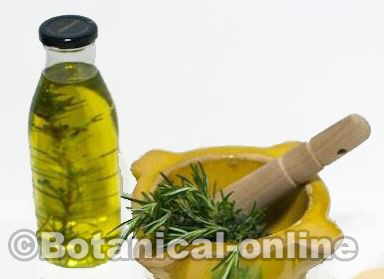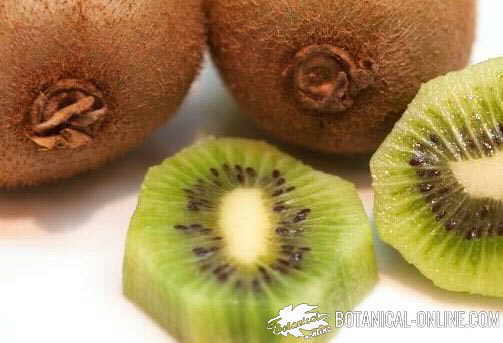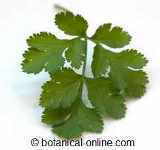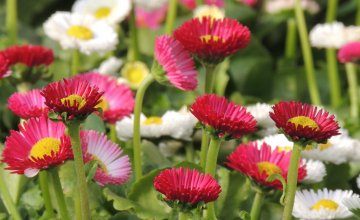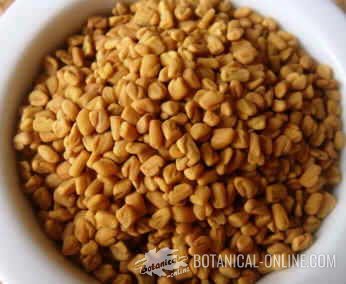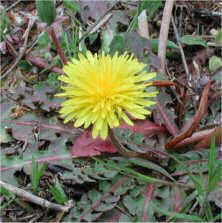Contents
(Monoamine oxidase inhibitors (MAOIs)
What are monoamine oxidase inhibitors (MAOIs)?
They are products that inhibit the action of the enzyme monoamine oxidase (MAO).They are used as a kind of medicines for the treatment of depression.
There are two types of MAOIs:
- MAO- A: (Such as Brofaromine, Minaprine or Toloxatone) They act on melatonin, serotonin, dopamine, epinephrine and norepinephrine.
- MAO- B: (Such as Rasagiline or Lazabemide) They act on dopamine, phenylethylamine and trace amines
Some MAOIs can act in both groups. They are called nonselective MAO-A/MAO-B Inhibitors, for example: Pheniprazine, Isocarboxazid, Benmoxin or Furazolidone.
They are only used a a last resort when other treatments fail because they can interact with certain foods or with other medicines.
Dangers of monoamine oxidase inhibitors
- They inhibit inhibit the catabolism of dietary amines. For example, they react with food containing tyramine, so they can produce hypertensive crisis. Tyramine is an amine that derives from the amino acid tyrosine. Foods containing tyramine are:
- Smoked, pickled, spoiled, fermented or processed meat. Liver, pork, except cured ham.
- Fermented food:cheese, yogurt, soy sauce, tofu, yeast, shrimp paste, etc.
- Alcoholic beverages
- Brazil nuts, bananas, raspberries, pineapple, eggplants, figs, avocados, red plums, peanuts, coconuts
- In combination with foods containing much tryptophan, they can produce serotonin syndrome. (See tryptophan foods)
- They can interact with other medicines, herbal remedies, drugs or supplements. So, it is necessary for the patients to know which medicines should avoid.
- They may have dependence producing effects, so they can not be discontinued abruptly.
Monoamine oxidase inhibitors (MAOIs) in herbal remedies
Many herbal remedies contain MAOIs. The following list does not refer to all of them, so you should consult your doctor or specialist before undertaking any herbal medication, specially if you are taking any type of medication or you have a very rich anime diet.
| HERBAL REMEDIES WITH MONOAMINE OXIDASE INHIBITING PROPERTIES – VEGETAL MAOIS | ||
| Plant | principle | MAOIs type |
| Agrimony (Agrimonia eupatoria) | Quercetin / Quercitrin / apigenin/ Kaempferol | MAO-A inhibitors |
| Angelica (Angelica archangelica) | Psoralen | MAO-A Inhibitors |
| Ayahuasca (Banisteriopsis caapi) | Harmala alkaloid | MAO-A/MAO-B Inhibitors |
| Bearberry (Arctostaphylos uva-ursi) | Quercetin / Quercitrin / tannin/ | MAO-A/MAO-B Inhibitors |
| Bai Zhi (Angelica dahurica) | Psoralen | MAO-A Inhibitors |
| Barberry (Berberis vulgaris) | Berberine | MAO-A Inhibitors |
| Bilberry (Vaccinium myrtillus) | Quercetin / Quercitrin / | MAO-A/MAO-B Inhibitors |
| Cat’s claw (Uncaria tomentosa) | Catechin /Epicatechin | MAO-B inhibitors |
| Caraway (Carum carvi) | Quercetin /Kaempferol/ Tannin/ Scopoletin / Myristicin | |
| Carrot (Daucus carota) | Psoralen | MAO-A Inhibitors |
| Celery (Apium graveolens) | Psoralen | MAO-A Inhibitors |
| Cocoa (Theobroma cacao) | Catechin /Epicatechin | MAO-B inhibitors |
| Coriander (Coriandrum sativum) | Psoralen | MAO-A Inhibitors |
| Evening-Primrose (Oenothera biennis) | Quercetin | MAO-A inhibitors |
| Coffee (Coffea arabica) | Harmala alkaloid | MAO-A/MAO-B Inhibitors |
| Coptis chinensis | Berberine /Coptisine | MAO-A Inhibitors |
| Fennel (Foeniculum vulgare) | Psoralen | MAO-A Inhibitors |
| Echinacea (Echinacea ssp.) | Quercetin | MAO-A/ MAO-B Inhibitor |
| Ginger (Zingiber officinale) | Quercetin | MAO-A/ MAO-B Inhibitor |
| Gingkgo (Ginkgo biloba) | Quercetin / Quercitrin / apigenin/ isorhamnitin / Kaempferol | MAO-A/MAO-B Inhibitors |
| Gentian (Gentiana lutea) | Isogentisin / Tannin/ Mangiferin | MAO-B inhibitors |
| Goldenseal (Hydrastis canadensis) | Berberine | MAO-A Inhibitors |
| Himalayan Mayapple Podophyllum hexandrum | Quercetin | MAO-A/ MAO-B inhibitors |
| Horse chestnut (Aesculus hippocastanum) | Quercetin / Quercitrin /scopoletin/ tannin /Kaempferol | MAO-A /MAO-B Inhibitors |
| Huang-Lia (Coptis japonica) | Berberine | MAO-A Inhibitors |
| Javan Turmeric (Curcuma xanthorrhiza) | Curcumin | MAO-A/MAO-B Inhibitors |
| Kiwi (Actinidia chinensis) | Quercetin | MAO-A/ MAO-B Inhibitors |
| Lovage (Levisticum officinale) | Psoralen | MAO-A Inhibitors |
| Licorice (Glycyrrhiza glabra) | Quercetin/ apigenin/ genistein/ Glycyrrhizin //Kaempferol | MAO-A/MAO-B Inhibitors |
| Marshmallow (Althaea officinalis) | Quercetin/ tannin/ scopoletin/Kaempferol | MAO-A/MAO-B Inhibitors |
| Mayapple (Podophyllum peltatum) | Quercetin | MAO-A/ MAO-B inhibitors |
| Onion (Allium cepa) | Quercetin | MAO-A/ MAO-B inhibitors |
| Pansy (Viola tricolor) | Quercetin | MAO-A/ MAO-B inhibitors |
| Parsnip (Pastinaca sativa) | Psoralen / Quercetin / myristicin/ Kaempferol / isoharmetin | MAO-A/ MAO-B inhibitors |
| Parsley (Petroselinum crispum) | Psoralen | MAO-A Inhibitors |
| Passion flower (Passiflora sp.) | Harmala alkaloid | MAO-A/MAO-B Inhibitors |
| Prickly Poppy (Argemone mexicana) | Berberine | MAO-A Inhibitors |
| Red grapes (Vitis vinifera) | Resveratrol | MAO-A Inhibitors |
| Rue (Ruta graveolens) | Psoralen/ quercetin/scopoletin | MAO-A/MAO-B Inhibitors |
| Shoti (Curcuma zedoaria) | Curcumin | MAO-A/MAO-B Inhibitors |
| St John’s wort (Hypericum perforatum) | Quercetin / Quercitrin /Hypericin/ Kaempferol/ Scopoletin/ Xhantones | MAO-A/MAO-B Inhibitors |
| Stinktree (Ailanthus altissima) | Quercetin | MAO-A Inhibitors |
| Syrian rue (Peganum Harmala) | Harmala alkaloid | MAO-A/MAO-B Inhibitors |
| Strawberry (Fragaria vesca) | Quercetin / Quercitrin// Kaempferol/tannin | MAO-A/MAO-B Inhibitors |
| Tea (Tea sinensis) | Catechin / Epicatechin | MAO-B inhibitors |
| Tribulus terrestris | Harmala alkaloid /Harmine/ Harmalol | MAO-A/MAO-B Inhibitors |
| Tobacco (Nicotiana tabacum) | Harmala alkaloid /Harmine/ Harmalol | MAO-A/MAO-B Inhibitors |
| Turmeric (Curcuma longa) | Curcumin | MAO-A/MAO-B Inhibitors |
| Valerian (Valeriana officinalis) | Quercetin | MAO-A/ MAO-B inhibitors |
| Yarrow (Achillea millefolium) | Quercetin /Quercitrin/apigenin/ isorhaamnetin | MAO-A /MAO-B Inhibitors |
![]() More information about plant-based food nutrients
More information about plant-based food nutrients



